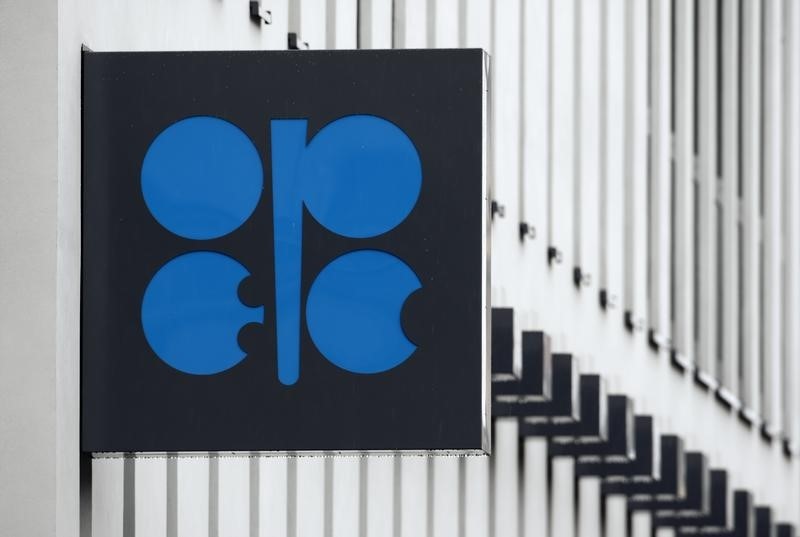By Scott DiSavino
NEW YORK (Reuters) – Oil prices were little changed on Tuesday, paring early gains on signs tensions in the Middle East could be easing and uncertainty about U.S. oil inventories.
U.S. President Joe Biden said he was holding daily discussions to secure the release of hostages held by the Hamas militant group and believes it will happen.
futures fell 5 cents to $82.47 a barrel, below their $84.58 Oct. 6 settlement the day before Hamas attacked Israel. In subsequent weeks, Brent futures traded as high as $93.79 per barrel on Oct. 20.
U.S. West Texas Intermediate (WTI) crude held steady at $78.26.
“The war premium is going away as it is looking more likely that there will not be a disruption in supply” in the Middle East, said Phil Flynn, an analyst at Price Futures Group.
The White House said Biden’s top Middle East adviser, Brett McGurk, is heading to the region for talks with officials in Israel, the West Bank, Qatar, Saudi Arabia and other nations.
In early trade, both crude benchmarks rose by over $1 a barrel after the International Energy Agency (IEA) boosted its demand growth forecasts and the U.S. dollar fell on data showing inflation was slowing in the world’s biggest economy.
Flynn said crude price also gave up early gains on Tuesday because the market was uncertain as to what the U.S. oil storage reports would show.
The U.S. Energy Information Administration (EIA) will release its first oil inventory report in two weeks on Wednesday. EIA did not release a storage report last week due to a systems upgrade. [EIA/S]
Last week, the American Petroleum Institute (API), a trade group, surprised the market by reporting a huge, bearish 11.9 million barrel build in crude stocks for the week ended Nov. 3. API will release its report for the week ended Nov. 10 later on Tuesday. [API/S]
For the week ended Nov. 10, analysts forecast energy firms added about 1.8 million barrels of crude into U.S. stockpiles, according to a Reuters poll.
That compares with a 5.4 million barrel withdrawal during the same week in 2022 and a five-year (2018-2022) average build of 1.2 million barrels for this time of year.
DEMAND FORECASTS
The IEA raised its oil demand growth forecasts for this year and next despite an expected slowdown in economic growth in nearly all major economies.
A day earlier, the Organization of the Petroleum Exporting Countries (OPEC) boosted its forecast for 2023 global oil demand growth and stuck to its relatively high projection for 2024.
U.S. consumer prices were unchanged in October as Americans paid less for gasoline, and the annual increase in underlying inflation was the smallest in two years.
Traders bet the U.S. Federal Reserve (Fed) could start cutting interest rates by May, which could boost economic activity and oil demand.
Expectations the Fed could cut interest rates next spring sent the U.S. dollar down to a two-and-a-half-month low against a basket of other currencies. A weaker dollar can boost oil demand by making crude cheaper for buyers using other currencies.
Read the full article here
